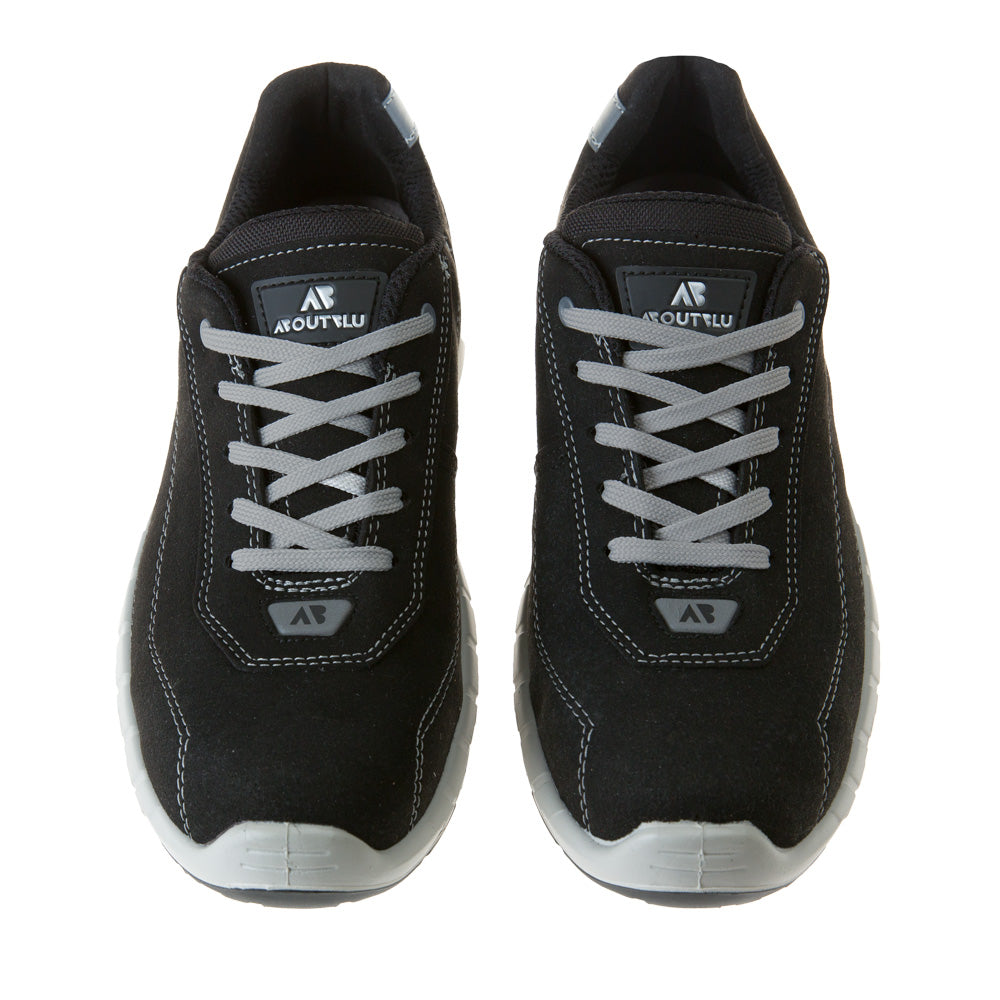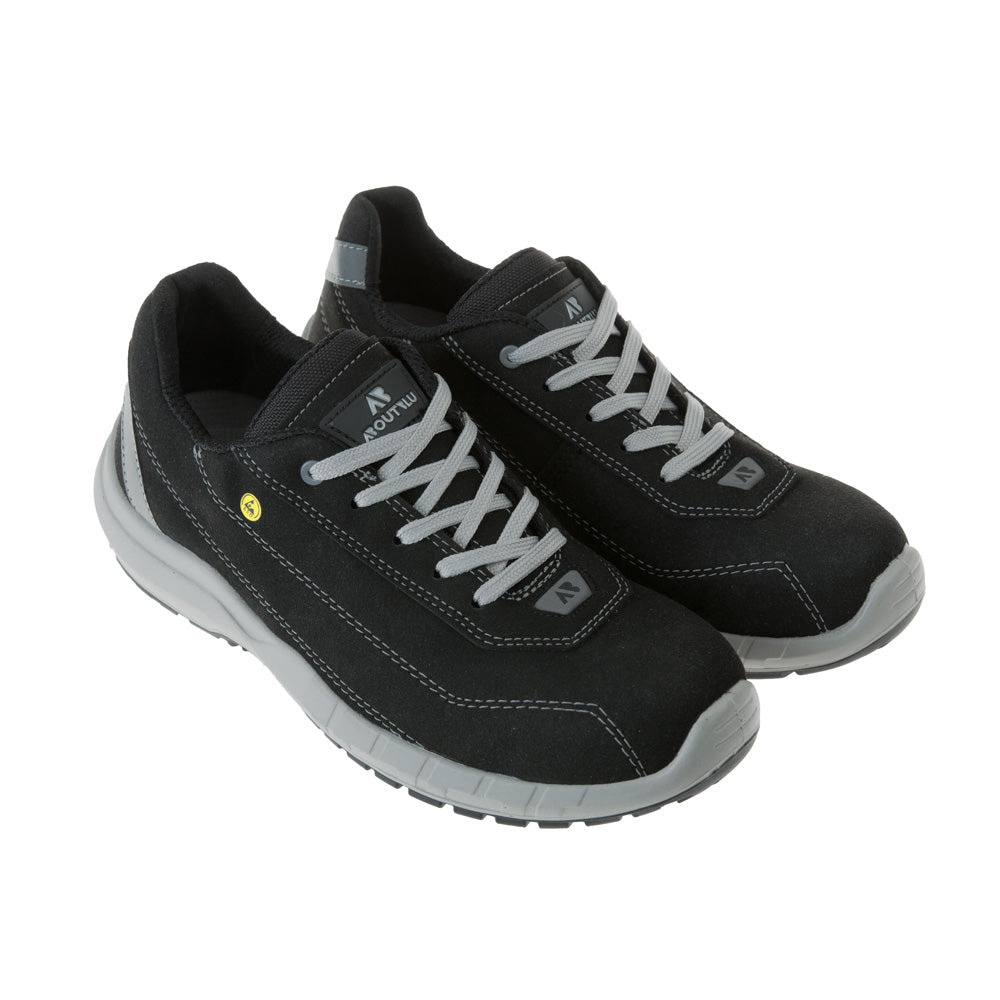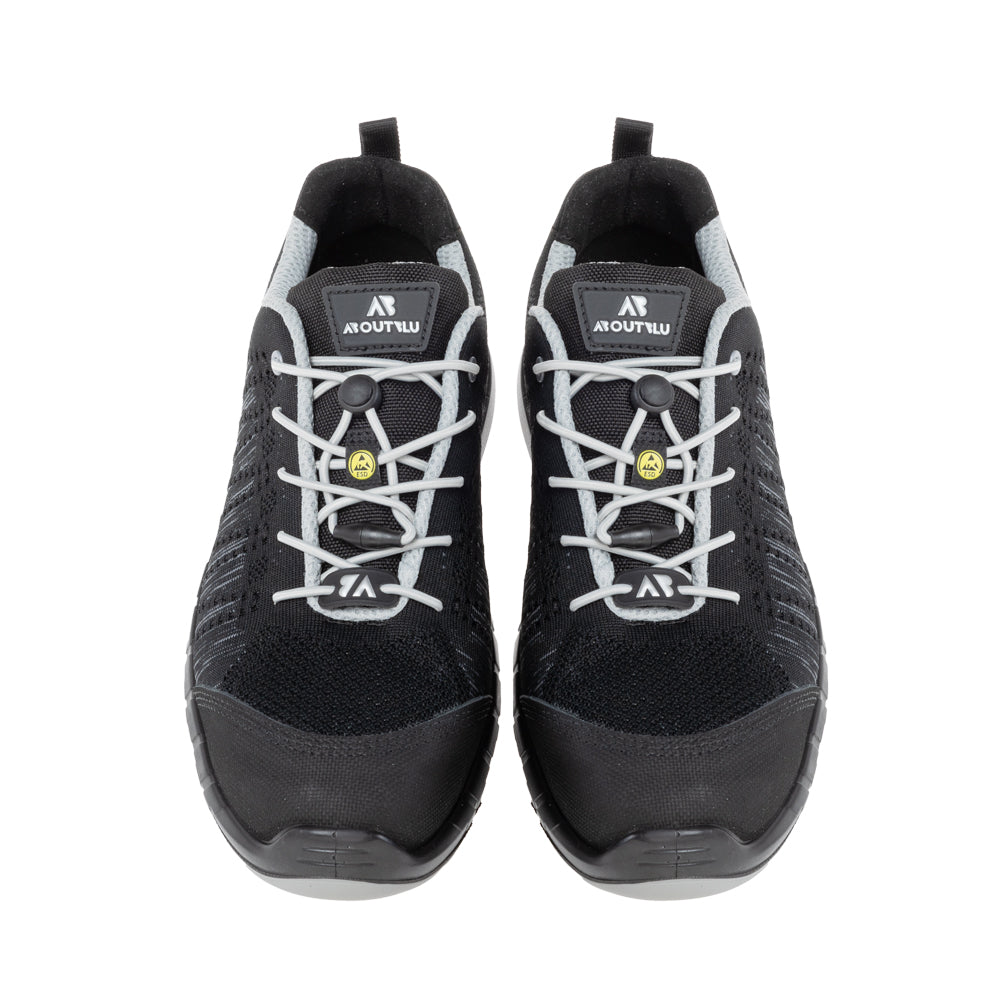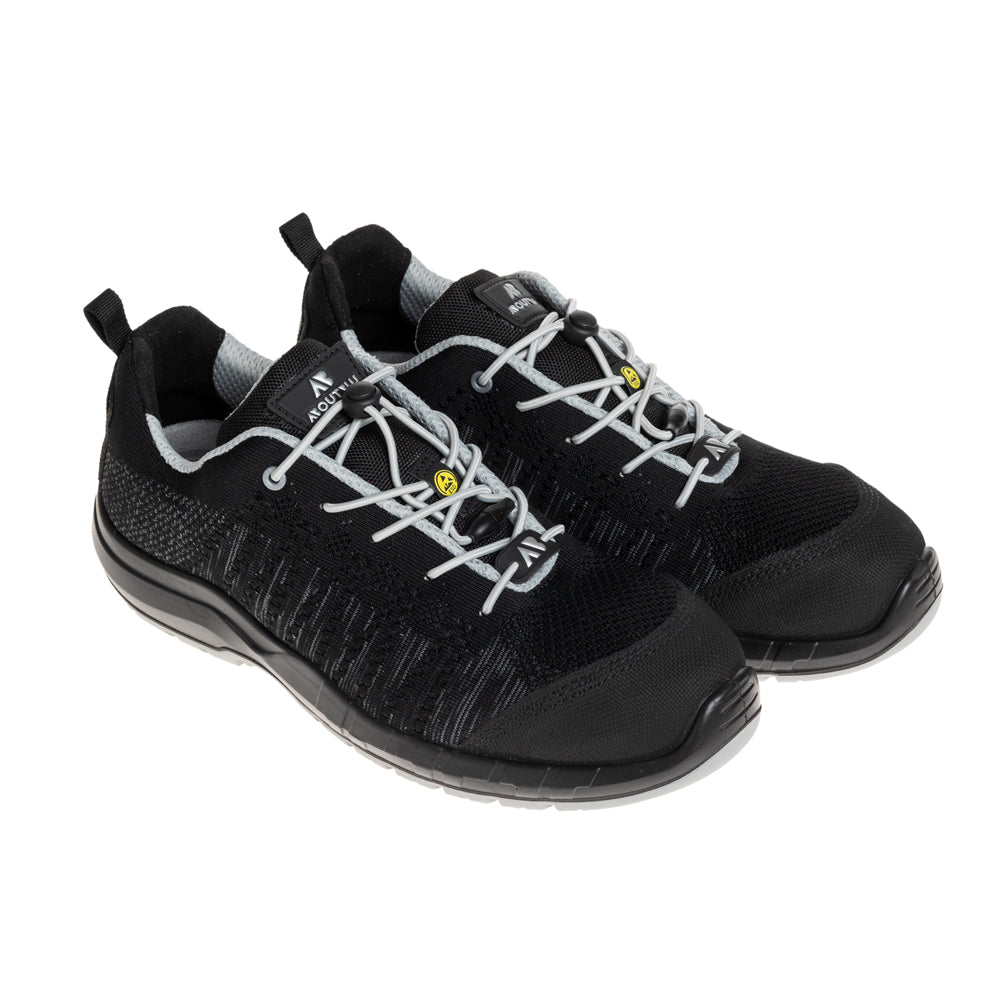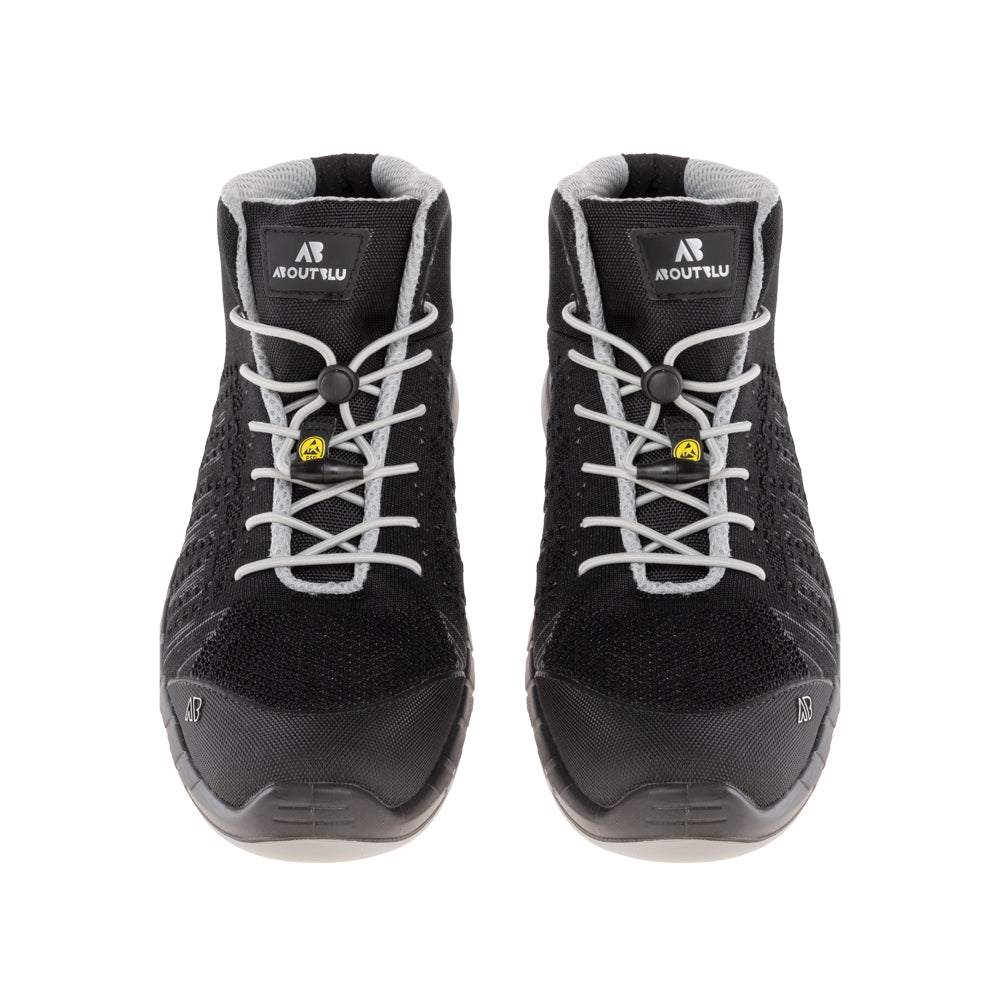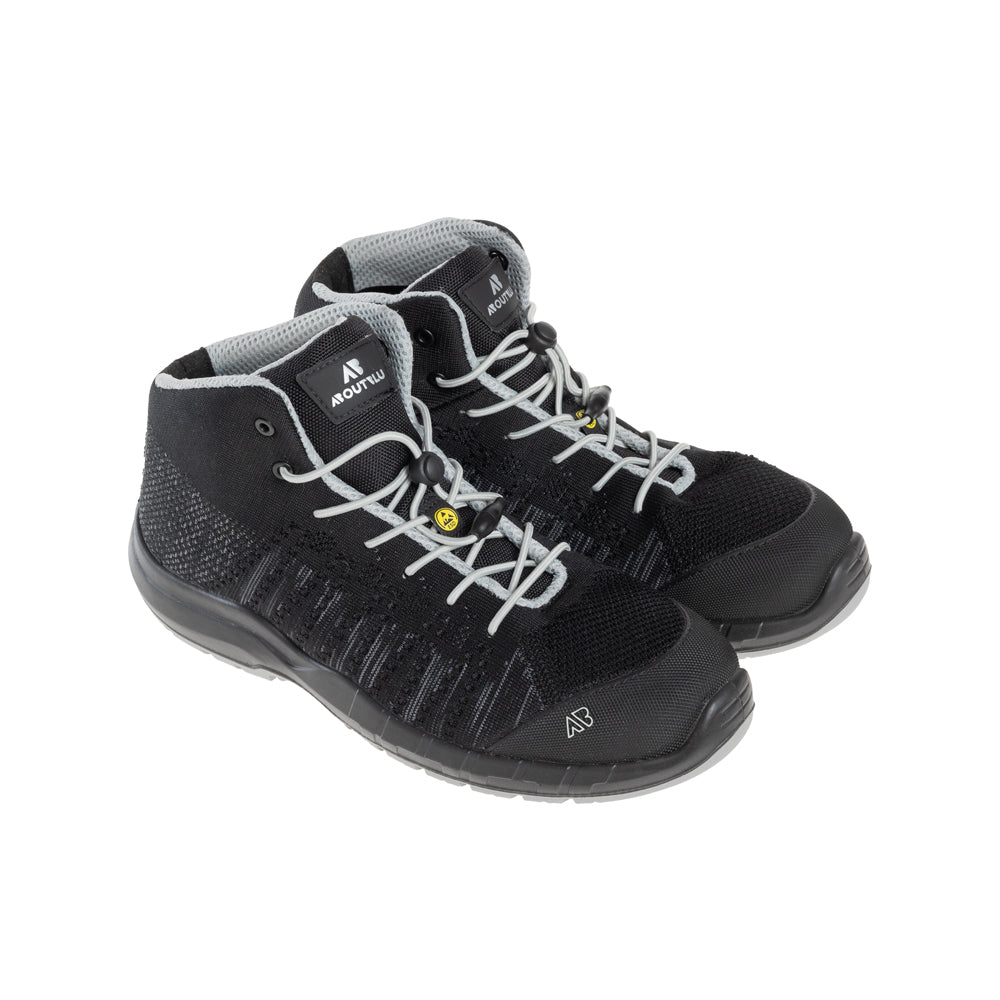The no-nonsense PPE replacement guide for UK teams
Buying PPE is straightforward. Keeping it fit for purpose day after day is where great safety culture shows up. This PPE replacement guide gives clear, practical cues so you know when to inspect, when to retire, and how to document it for UK compliance. The aim is simple: keep people protected, keep operations smooth, and keep records tidy.
The big idea: PPE only works if the system does
PPE is part of a living programme. Four habits make it effective:
-
Pre-use checks by the wearer, every time.
-
Planned inspections by a competent person on a clear cadence.
-
Retirement rules that combine condition cues with time-based limits where required.
-
Lightweight records that are accurate, accessible, and easy to maintain.
With these in place, teams consistently refresh PPE at the right moment and stay confident on site and in audits.
Four universal cues to retire any PPE
-
After a load event
If an item has absorbed an impact or load, retire it and issue a like-for-like replacement. -
Visible change in condition
Look for cracks, cuts, pulled stitching, delamination, peeling reflective tape, cloudy lenses, slack headbands, or stiff seals. -
Service life or expiry reached
Follow the manufacturer’s shelf life and in-service life guidance, even when an item still looks presentable. -
Contamination
If cleaning cannot restore the item to the manufacturer’s recommended condition, retire and replace it.
A helpful rule of thumb: when clarity or structural integrity is uncertain, switch to a fresh, serviceable item and record the change.
Category by category: replacement guidance that works on real sites
Use the notes below as practical anchors, then follow the specific product instructions and your risk assessment. Environment, task intensity, and cleaning methods can influence service life.
1) Head protection, industrial helmets
Replace after any impact or when you notice brittle or chalky plastic, cracks, deep scuffs, UV fading, worn suspension, chemical exposure, or labels that are no longer readable. Replace at the manufacturer’s stated end of life even if the helmet presents well.
Helpful habit: write the date of first use under the peak. It keeps planned replacement simple and consistent.
2) Eye and face protection, safety spectacles, goggles, face shields
Replace when scratches or crazing affect clarity, when coatings have worn away, when straps or seals lose elasticity, or after a chemical splash that changes the lens or seal.
Ready-to-issue option: pair everyday eye protection with a dependable, lightweight style such as the Blackrock Safety Spectacle.
Tip: keep spare lenses and straps on hand. Small parts extend useful life and keep teams wearing protection comfortably.
3) Hearing protection, earplugs and earmuffs
Earplugs
-
Foam plugs are generally single use. Replace daily or whenever soiled or creased.
-
Reusable plugs should be replaced when they lose pliability or shape.
Earmuffs
-
Hygiene kits that include cushions and inserts are often changed around the six-month mark, sooner with high heat, humidity, or heavy use.
-
Replace full units when headband tension reduces or when shells show wear.
Ready-to-issue option: for consistent attenuation and comfort, consider a robust over-ear style like NS26 Mach 1 Ear Defender.
Field cue to watch: if users are adjusting ear cups frequently or report a looser feel, refresh cushions or issue a new unit for a reliable seal.
4) Hand protection, gloves
Disposable gloves: change per task or whenever there is a tear or visible contamination.
Chemical-resistant gloves: change on breakthrough time from the manufacturer or at the first sign of material change such as swelling, softening, or brittleness.
Cut or impact gloves: retire when abrasion exposes the liner, when padding moves out of position, or when seams show wear.
Smart stocking: match glove types to task codes so teams always select the right protection with minimal decision time.
5) Foot protection, safety shoes and boots
Replace when tread is significantly reduced, uppers split at flex points, the toe cap is exposed or has taken a notable strike, the midsole puncture plate shows compromise, or the heel counter is misshapen.
Practical habit: include boot checks in weekly supervisor walk-arounds. A ten-second glance per person keeps footwear in excellent condition.
6) High-visibility garments, vests, jackets, trousers
Replace when fluorescent fabric fades, when retro-reflective tape peels or cracks, when embedded oils or dirt remain after cleaning, or when rips reduce visible area below the garment’s class requirement.
Laundry clarity: specify wash temperature, detergent type, and maximum wash cycles in supplier and laundry instructions. Visibly review garments under low light now and then to confirm reflectivity.
7) Respiratory protective equipment
Disposable filtering facepieces, FFP masks: treat as single shift or single task in dusty environments. Replace early if damp, soiled, or if breathing resistance increases.
Reusable half or full masks:
-
Particulate filters: change when breathing resistance rises or when filters show condition change. Store sealed between uses.
-
Gas or vapour filters: set a time-based change schedule guided by substance, exposure, and manufacturer data. Use conservative intervals where life is hard to predict.
Facepieces and seals: replace when straps, valves, or seals change shape or if the mask does not pass a user seal check.
Ready-to-issue option: a dependable combination unit helps teams stay consistent. Consider the Twin Filter Respirator A1 P2.
Programme essentials: fit testing, daily user seal checks, named filter schedules, and a simple change log.
8) Fall protection, harnesses, lanyards, connectors
Replace after any fall arrest or suspected shock load. Retire on cues such as smooth or glazed webbing edges, pulled stitching, chemical stiffening, bent or corroded hardware, missing labels, or any result recorded as unserviceable during inspection.
Inspection cadence:
-
Pre-use by the wearer every time.
-
Formal inspection by a competent person at least annually, with every three to six months common in demanding environments or high utilisation.
|
PPE |
Pre-use check |
Formal inspection |
Replace when |
Notes |
|
Helmet |
Every shift |
Six monthly |
Impact, cracks, UV, end of life |
Date of first use inside |
|
Eye or Face |
Every shift |
Quarterly |
Scratches, seal or strap change, splash exposure |
Stock spare lenses |
|
Hearing |
Every shift |
Six monthly |
Cushion firmness change, band tension change |
Hygiene kits on schedule |
|
Gloves |
Every task |
Monthly |
Tears, breakthrough, material change, seam wear |
Task matched codes |
|
Footwear |
Weekly |
Quarterly |
Reduced tread, toe exposure, midsole compromise |
Supervisor spot checks |
|
Hi-vis |
Every shift |
Quarterly |
Faded fabric, tape change, uncleanable marks |
Laundry limits in place |
|
RPE |
Every use |
Quarterly |
Filter time or condition, seal check result |
Fit test and filter log |
|
Fall arrest |
Every use |
Six to twelve months |
Post event or inspection result |
Competent person signs |
Storage, cleaning, and simple ways to extend service life
-
Sun and dashboards: store in a shaded, dry, cool area to protect plastics and straps.
-
Solvents: follow manufacturer guidance for cleaning. Use approved products that protect seals and coatings.
-
Heat and humidity: keep ear cushions and mask valves in a stable environment where possible.
-
Laundry settings: use the specified temperature and detergent. Record wash cycles for hi-vis.
-
Avoid compression: store earmuffs and masks so seals keep their shape.
A small investment in bins, pegs, lockers, and protective cases keeps PPE ready for use and supports longer, dependable service life.
Training that teams remember
-
Two-minute toolbox talks focused on a single visual cue each week.
-
Show and swap: let users handle a retired cushion or a worn lens, then compare it with a new part.
-
Named responsibility: the wearer owns the daily check. Supervisors own the inspection cadence.
-
Easy access to spares: when replacements are convenient, usage quality stays high.
Documentation that is light and reliable
Create traceable records without adding friction:
-
Issue log: who received what, make and model, serial if present, and date in service.
-
Inspection list: pass or action noted, with quick comments.
-
Change schedules: especially for RPE filters and hearing cushions.
-
Retirement record: when, why, and by whom, with a simple photo if useful.
When an auditor asks, you can show what you planned, what you checked, and what you issued in a few moments.
How often should PPE be replaced
Refresh on condition and on schedule. For example, many teams change earmuff cushions around six months, replace earmuffs by condition in the one to two year range, refresh hi-vis when fabric or tape performance changes, follow manufacturer end-of-life for helmets or after any impact, maintain RPE on a filter schedule with conservative intervals, and retire fall protection after any load event or whenever an inspection calls for it.
Do we need written proof
Yes. Keep concise records for issue, inspection, filter schedules, and retirement. Quick access to these records supports both compliance and day-to-day confidence.
Can a hi-vis garment be kept if it is clean but looks dull
Plan to refresh when fluorescent colour or reflective tape changes in a way that reduces class performance. A simple low-light check is a useful confirmation.
When do earmuffs need attention
When cushions feel firmer or look shiny, or when headband tension feels lighter. A scheduled hygiene kit keeps performance consistent.
Can a harness be repaired on site
Follow manufacturer guidance. Where webbing or stitching is affected, issue a replacement item.
Quick start action list
-
List every PPE type by make and model and add a date of first use.
-
Create a one-page matrix of checks, inspections, and replacement cues.
-
Schedule fit testing and seal checks for RPE.
-
Stock spares and consumables such as lenses, cushions, filters, and common sizes.
-
Agree laundry settings for hi-vis and track wash counts.
-
Use toolbox talks to keep cues fresh in people’s minds.
-
Review the programme after process changes or incidents and update schedules.
The key question is simple. Will this protect someone today. With a clear PPE replacement guide, positive daily habits, and easy access to fresh kit, your team stays protected, your site stays efficient, and your records show a programme that works.
Featured products to support consistent replacement:
-
Hearing protection: NS26 Mach 1 Ear Defender
-
Eye protection: Blackrock Safety Spectacle
-
Respiratory protection: Twin Filter Respirator A1 P2





